On Nov. 18, 2016, The Lafayette published a letter from 82 faculty and staff claiming Donald Trump’s election mobilized “physical and verbal attacks against” minorities. Given Lafayette’s commitment to evidence-based learning, it is worth reviewing FBI hate-crimes data. However imperfect, these data, which have been issued for decades, are indicators of the vilest bias mobilizations. The current data, just released for 2016, show trends mostly contradicting the letter.
After an all-time low of 5,479 incidents in 2014 compared to the peak of 9,730 in 2001, hate crimes increased to 5,850 in 2015 and 6,121 in 2016—a 12% rise since 2014. Association is not causation, but hate crimes were rising before Trump ran for president. At best, Trump might be more a reflection than mobilizer of bias. Furthermore, 2016 had the fifth fewest hate crimes since 1999—37% lower than 2001. Thus, Trump was inaugurated during a time of historically low hate-crime activity.
Black Americans suffered the most hate crimes (1,739 in 2016), followed by LGBTQ people (1,180), whites (720), Jews (684), and Muslims (307). However, anti-black crimes dropped by 0.3% from 2015 to 2016, with 2016 having the second fewest anti-black crimes since 1999. Anti-LGBTQ crimes increased 8% over 2014, yet 2016 had the fifth fewest anti-LGBTQ crimes since 1999. Anti-Jewish crimes increased 12% over 2014, but 2016 had the fifth fewest anti-Jewish crimes since 1999.
By contrast, anti-Muslim crimes increased 136% since 2012, and 2016 had the second highest anti-Muslim crime level since 1999. Anti-white crimes increased 21% since 2014, and 2016 had the eighth highest level of anti-white crimes since 1999. Escalating anti-Muslim crimes cannot be attributed to Trump because those crimes had already risen by 98% before he ran for president. And if Trump trumpets white supremacy, what are we to make of the increased anti-white crimes?
What may surprise is that two biggest known hate-crime offenders are whites and blacks. But the percentage of hate crimes committed by whites dropped from 44% in 2009 to 37% in 2016; the percentage of hate crimes committed by African Americans increased from 11% in 2009 to 18% in 2016 and accounted for 52% of anti-white, 29% of anti-LGBTQ, and 13% of anti-Muslim hate crimes in 2016. These findings don’t fit the joint letter’s narrative of Trump as white-supremacy mobilizer.
Whatever one’s view of Trump, and I didn’t vote for him, the joint letter’s claims about Trump’s “unprecedented” threats and instigation of “physical attacks” against minorities are not sustained by current hate-crimes data.
By John Kincaid, Robert B. and Helen S. Meyner Professor of Government and Public Service


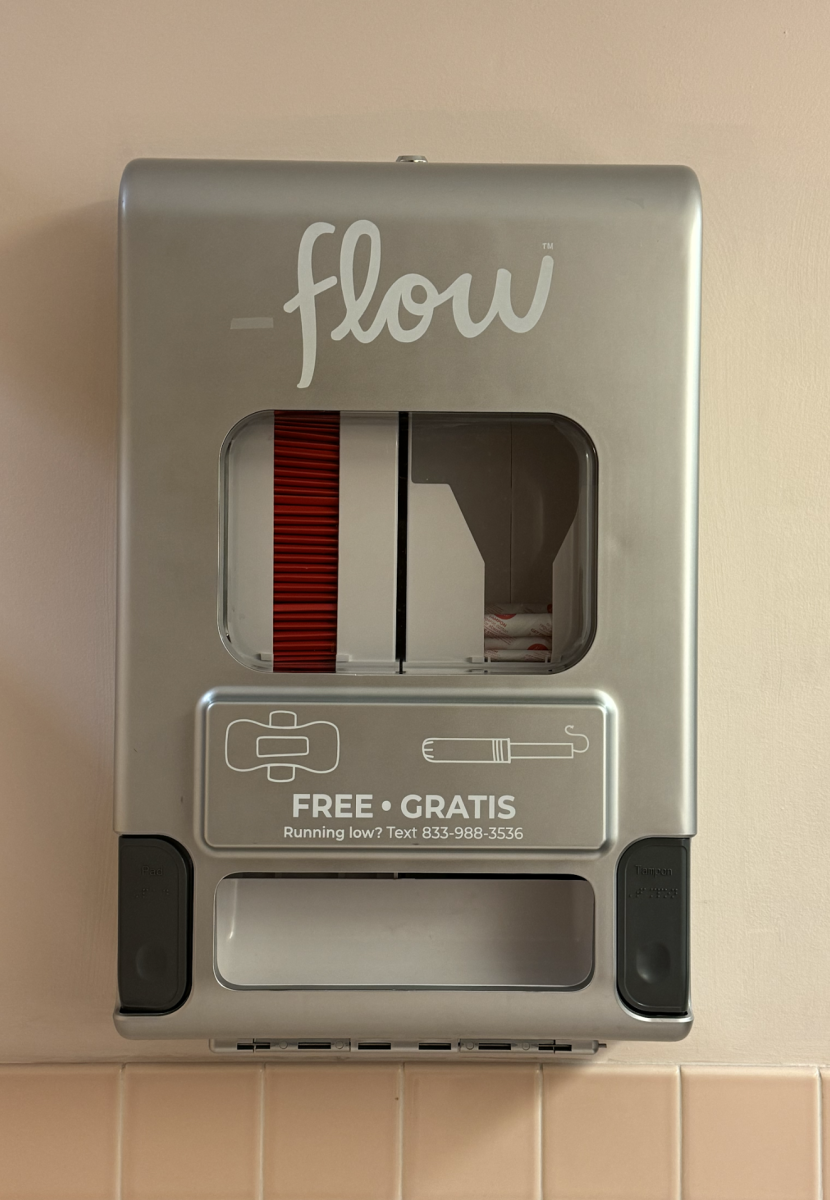





















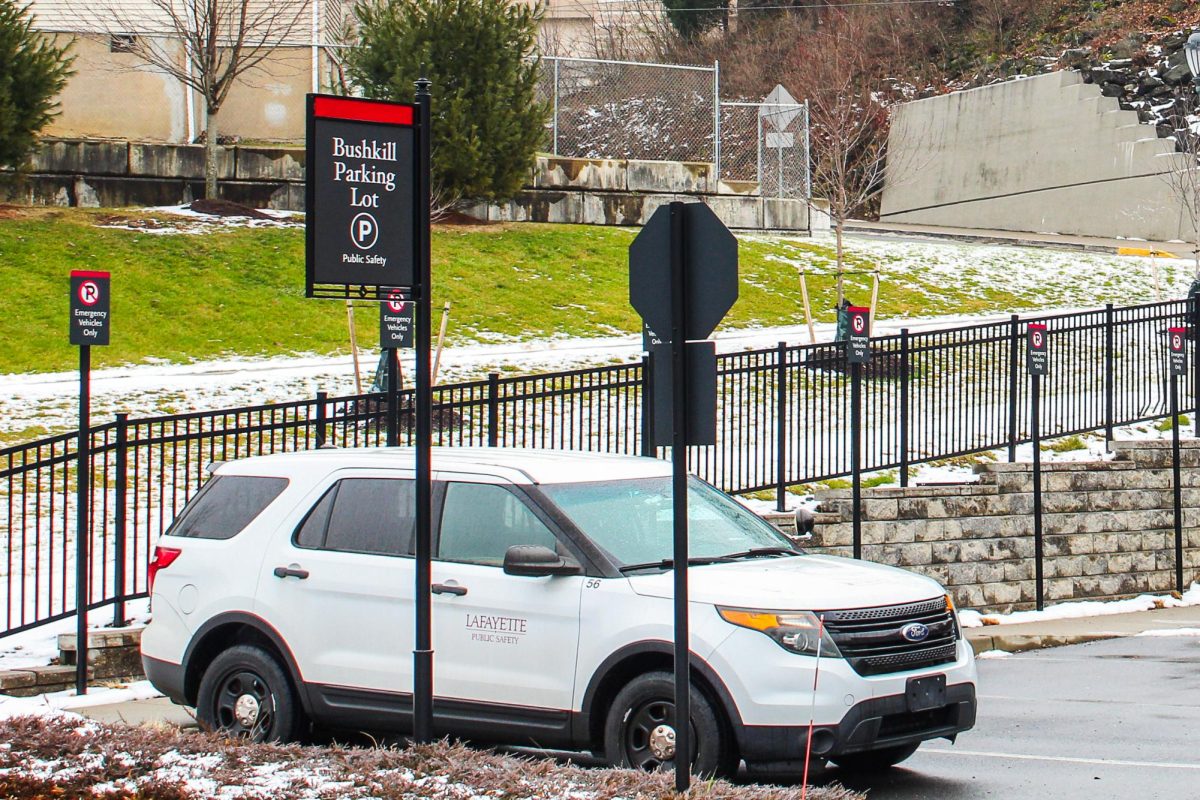




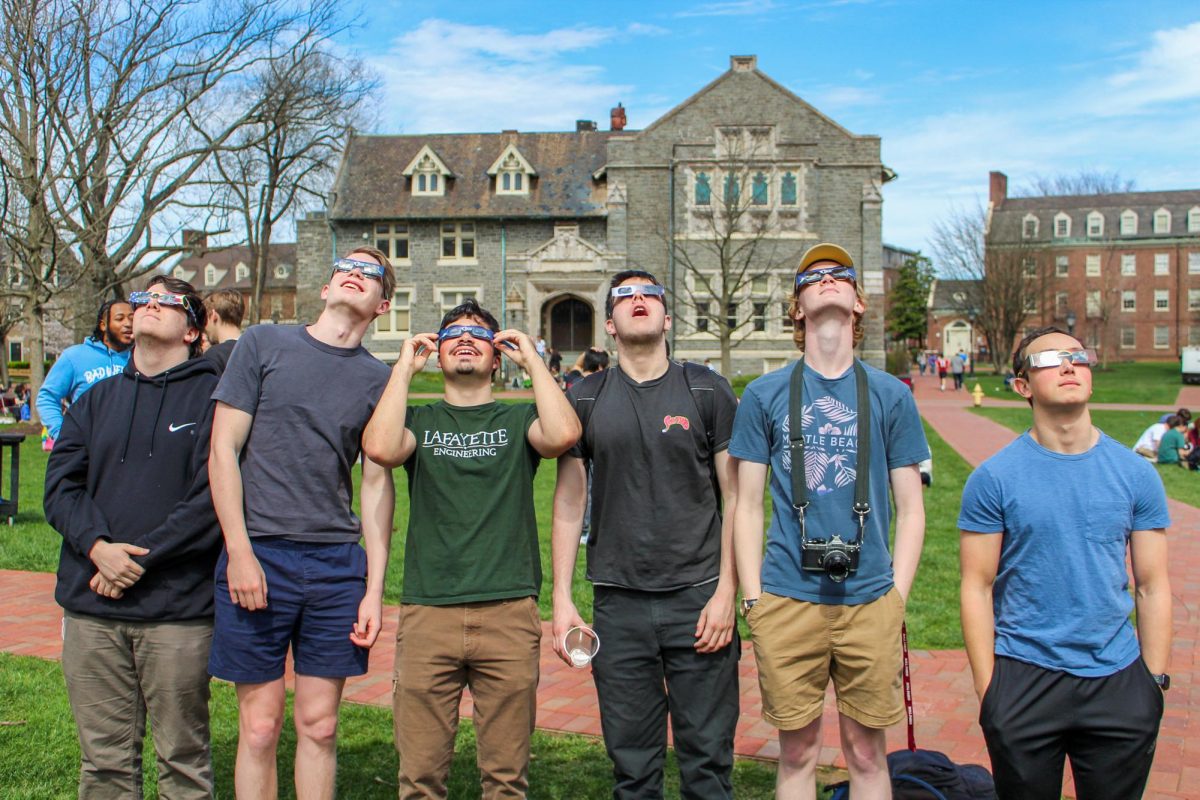









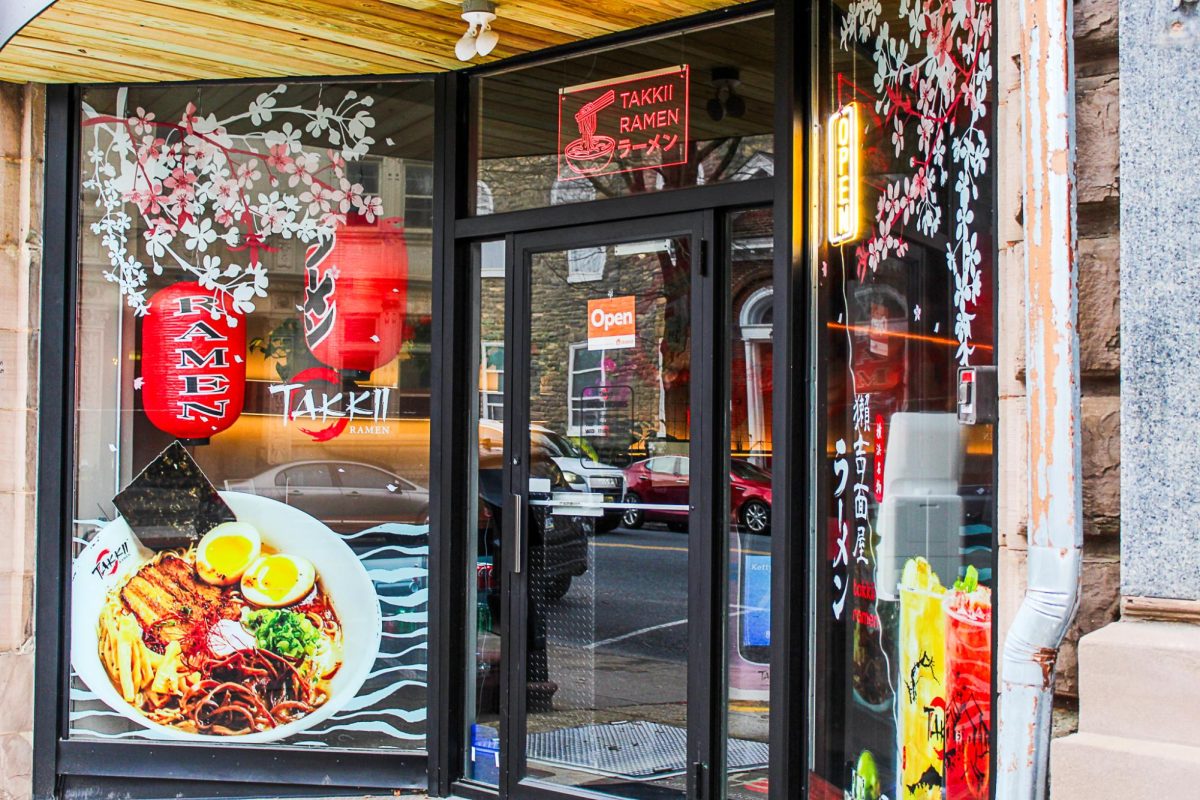
























































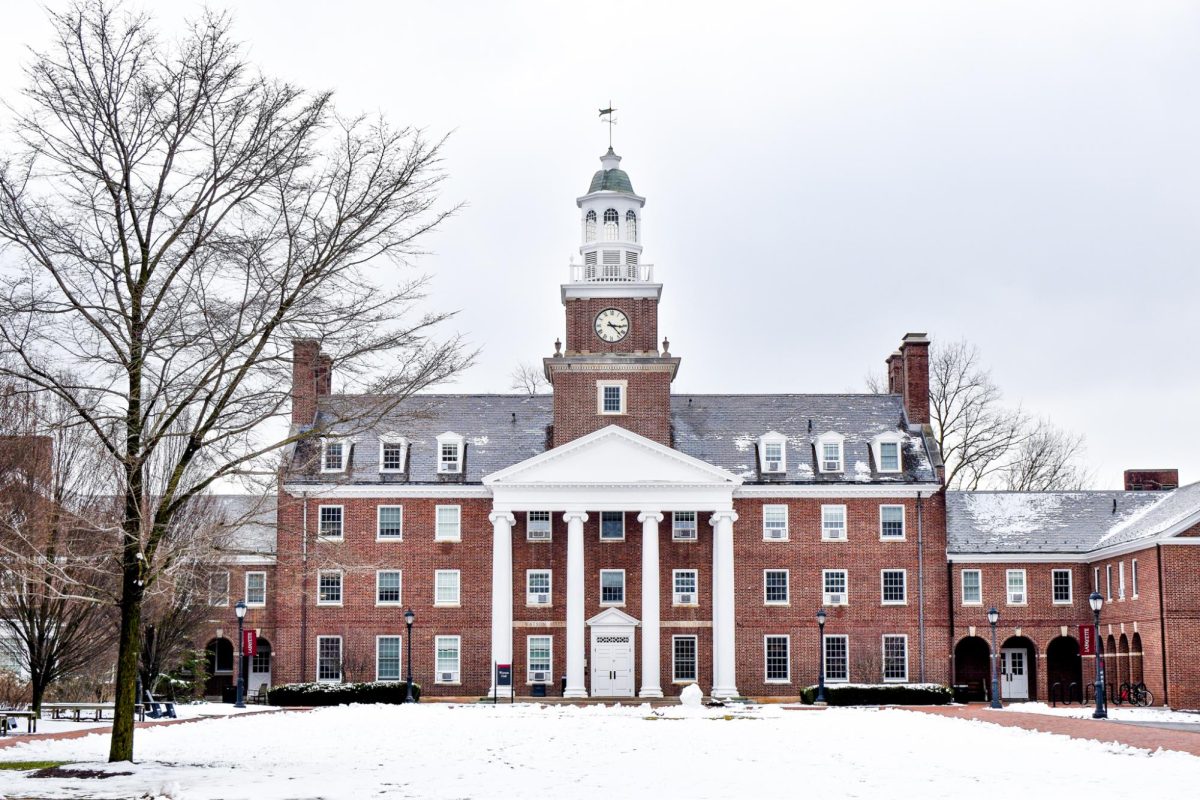









Brandon Van Dyck • Dec 3, 2017 at 4:31 pm
Thanks, John.
The right method: Start with the evidence, find the answer.
The ideologue’s method: Start with the answer, find the evidence.